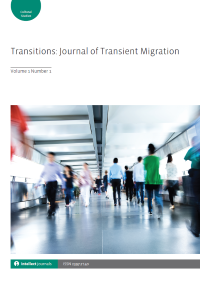
Full text loading...
 , Gary Bonar1
, Gary Bonar1
In the context of a rapid expansion of 'internationalized' schools around the world, and the subsequent demands for a teaching workforce, teachers are increasingly on the move. It is, however, no longer sufficient to represent international teacher mobility merely as a movement of predominantly English-speaking teachers who can deliver American, British, Canadian or Australian curricula. The increase in schools that offer bilingual and dual curricula has resulted in the mobility of local teachers who work alongside English-speaking ones. Although these schools are attractive to many international and local teachers, they also present certain professional, cultural and linguistic challenges. Drawing on the theory of practice architectures, this article identifies and discusses the relational tensions between foreign and local teachers as they grapple to build a new professional culture of collaboration – one that demands the transformation of dispositions, professional knowledge, actions and judgements to 'fit in' to the internationalized school.

Article metrics loading...

Full text loading...
References


Data & Media loading...

Publication Date:
https://doi.org/10.1386/tjtm_00003_1 Published content will be available immediately after check-out or when it is released in case of a pre-order. Please make sure to be logged in to see all available purchase options.